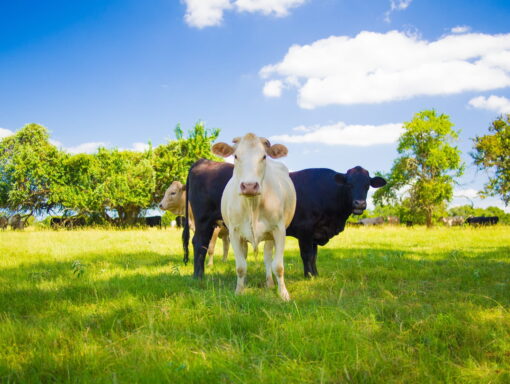USDA, National Agricultural Statistics Service (NASS) has recently proposed to eliminate some data reports. Reports for both livestock and crop sectors would be impacted. Livestock and meat economists would consider some of the affected reports to be particularly important to market efficiency. The article looks at a few of those and describes how they are used and why they are important to farmers and ranchers.
July Cattle Inventory
USDA conducts two cattle inventory surveys per year. The January report is the most comprehensive and includes state level cattle numbers. The July report is smaller (it does not breakout numbers by state), but it provides a few valuable pieces of supply information: number of beef cows, heifers held for replacement, and calf crop. One of the biggest questions in the cattle market today is when will the cattle cycle turn and expansion begin. The beginning of herd expansion will drive calf prices even higher, will signal how long high prices will last, and how long until beef production begins to grow.
This report will be very valuable over the next several years. If this report had to be discontinued, now is the worst time to do it.
Cattle Inventory (January)
The proposed changes include dropping beef cow inventory in a number of states. Total, or all, cattle would still be reported. The proposed discontinued states include Louisiana, Mississippi, North and South Carolina, and Virginia. The South is cow-calf country and is a major supplier of feeder cattle to feedlots across the Plains.
The number of beef cows in these states is critical to the estimation of feeder cattle supplies and the projection of prices to use in planning.
County Estimates
USDA’s announcement included the elimination of the annual county estimates of beef cows and cattle. These county estimates allow for the analysis of natural disaster impacts on agriculture such as the recent Panhandle wildfires, hurricanes, and drought in Texas. Following hurricane Harvey, the county level data allowed us to know with some certainty that there were 1.1 million beef cows at risk in the impacted counties. From there, upper bounds on lost cattle and grazing losses could be estimated. This Spring, wildfires across the Texas Panhandle, including the Smokehouse Creek Fire, burned more than 1 million acres. The county level beef cow estimates allowed for the estimation and validation of estimated cattle losses due to the fires.
Other Livestock Data
Some other changes proposed including dropping Virginia and Maryland from state level estimates in the Chickens and Eggs report. This state level data is important in doing research on the impact of animal diseases and the effectiveness of alternative disease controls. Virginia and Maryland remain important poultry producing states as part of the Delmarva (Delaware, Maryland, and Virginia) region.
On Balance…
We all know USDA often faces budget cuts and they must judiciously use taxpayer resources. It is also true that USDA reports are valuable to market participants and reducing the available information will result in varying degrees of negative impacts on market efficiency. The reports mentioned here, – including the July Cattle, County Estimates, and state level breakouts of beef cow inventory in the South – have tangible benefits to farmers and ranchers. A good argument can be made that these reports should be kept. If you are interested in providing comments to USDA on these, or other reports, contact your NASS State Statistician.
Anderson, David, and Josh Maples. “Data Delivers Market Transparency, For Now.” Southern Ag Today 4(16.2). April 16, 2024. Permalink

Leave a Reply